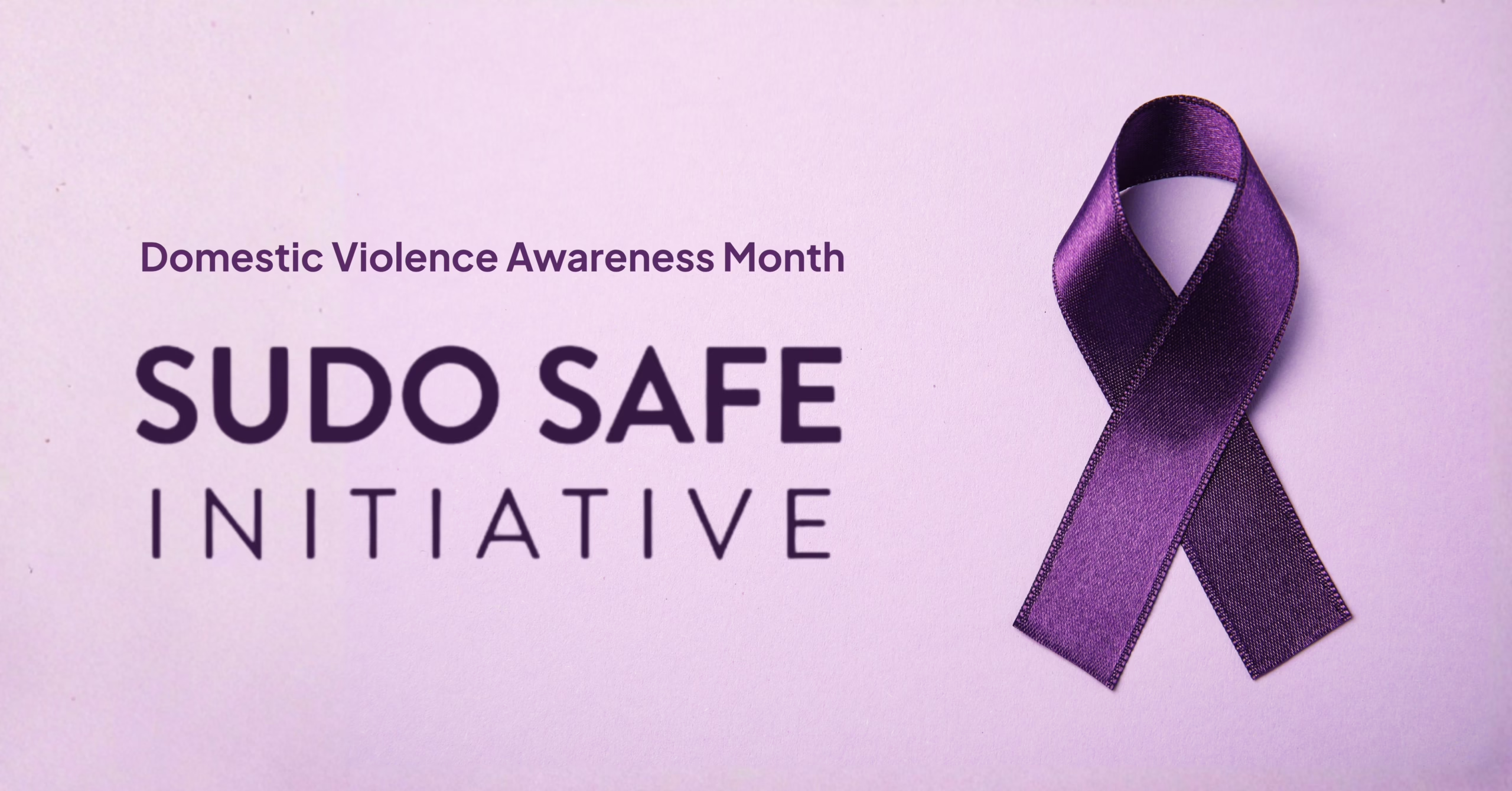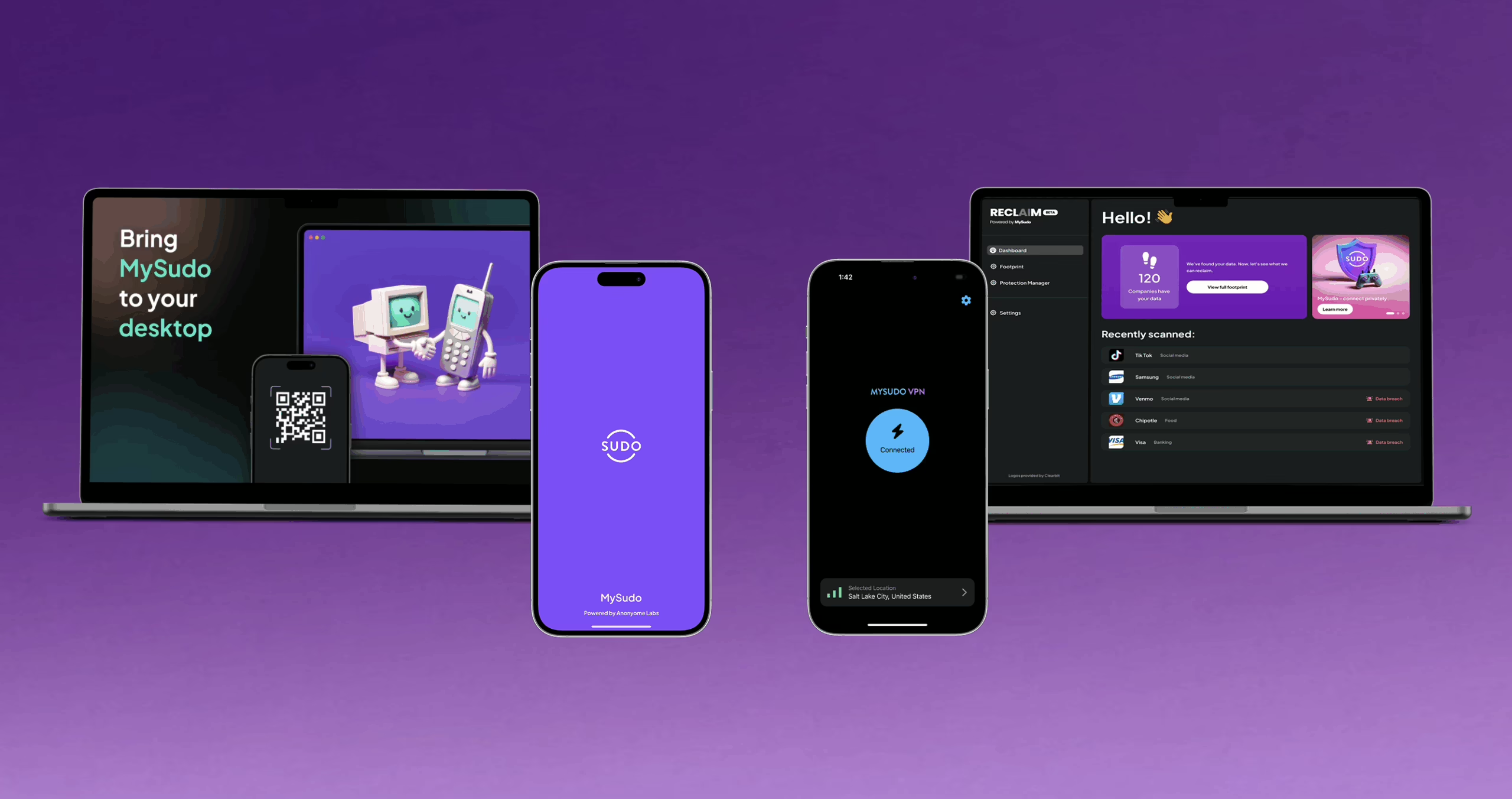For nearly two years, Anonyome Labs has co-maintained an open source project from Hyperledger called Aries-VCX. VCX is an important decentralized identity (DI) community project, which provides the backbone for other DI software products, such as our own DI Edge Agent SDK for native mobile applications. In this article, we will explore the details of this project, Anonyome’s contributions, and what’s next for this exciting project.
What is Aries-VCX?
Aries-VCX is a project under the Hyperledger Aries group. This group strives to provide complete toolkits for DI solutions and digital trust, including the ability to issue, store and present verifiable credentials with maximum privacy preservation, and establish confidential, ongoing communication channels for rich interactions. VCX sits alongside other popular projects such as Aries Cloud Agent Python (ACA-Py) and Credo (formerly Aries Framework JavaScript under Hyperledger).
While these projects pursue a similar goal, they complement each other nicely. VCX is written primarily in Rust and targets both cloud and mobile native consumers. By comparison, Credo targets cloud and mobile JavaScript consumers, and ACA-Py targets only cloud consumers. Support for native mobile consumers was an essential goal when building the technology stack for Anonyome’s Edge Agent SDK and all other Sudo Platform SDKs, because providing native SDKs gives our consumers flexibility when integrating into their mobile applications and doesn’t limit them to JavaScript or React Native based environments.
Further, VCX differs from other Aries projects in that it has historically focused on providing lower-level building blocks for DI SDKs and applications rather than batteries-included DI frameworks for consumers to pick up. We fully appreciate the low-level components because they give us the flexibility to design Anonyome’s Edge Agent SDK with an optimised internal engine and easy-to-use APIs that are in line with our Sudo Platform standards. However, VCX’s lower-level approach also presents a higher barrier to entry for other SDKs and applications to consume.
Brief history of VCX
VCX has been around since 2017 and is one of the first implementations of an Aries protocol-compliant library. Evernym created the original library, which was eventually moved into the Hyperledger Indy SDK project. This was to serve as a reference implementation for integrating with the Indy SDK for the Aries protocols. In 2020, the project was moved into a dedicated Hyperledger project by Absa Group, beginning a new era of development beyond the Indy SDK.
VCX today provides a DI toolbox with a large suite of functionality that Anonyome and others in the industry use. The toolbox includes:
- DIDComm V1: VCX supports DID Communication V1, allowing end-to-end-encrypted messages to be encoded and decoded between DIDs.
- Aries protocols: VCX provides tools for stepping through various agent-to-agent protocols defined by Aries. The protocols implemented in VCX allow the agent to engage with other agents to establish new secure connections, issue or receive credentials, present or verify a presentation of credentials, exchange text-based messages, and more. The latest list of supported protocols is here.
- DID management: DIDs are foundational to DI, and VCX has invested time in creating a reliable and clean set of DID management tools for a range of different DID methods. This allows consumers to easily resolve, create and update DIDs involved in their DI interactions. This toolbox is designed with extensibility in mind, allowing new DID methods to be added in the future for further interoperability.
Anonyome’s journey with VCX
In our pursuit of creating a highly optimized and secure Edge Agent SDK, we wanted to bring into our technology stack the latest cutting-edge DI and Aries libraries. However, given the history we’ve just outlined, VCX in 2022 was highly tethered to the Indy SDK—an SDK that was unfortunately heading towards deprecation at the time. As a strong believer in and adopter of VCX, we set out to join VCX and contribute a major pivot to the project: decoupling VCX from the Indy SDK. This was a major refactor that other Aries projects, such as ACA-Py, also had to work through around this time.
The changes allowed consumers to plug in and use modern Indy SDK replacement components (Aries Askar, Indy VDR, Anoncreds-rs) instead. In practice, this means users benefit from receiving the latest features and optimizations from these libraries, as well as better interoperability (e.g., a larger range of Decentralized Identifier (DID) methods beyond Indy-based DID methods).
Shortly after Anonyome’s contribution, in early 2023 we became a co-maintainer of the VCX project and we have worked alongside other individuals and companies such as Absa Group and Instnt. Since joining, Anonyome has contributed to a wide range of aspects in VCX, such as:
- Kickstarting a modern foreign function interface (FFI) wrapper using Mozilla’s UniFFI, allowing the Rust library to be consumed natively from Android and iOS
- Implementing some of the latest Aries Interop Protocols (AIP2 credential issuance and presentation messages)
- Contributing to the Aries Agent Test Harness on behalf of VCX, an effort that allows VCX to be benchmarked for interoperability with other Aries agents (such as ACA-Py and Credo)
- Performing regular maintenance duties: contributing to architectural design decisions, codebase housekeeping, assisting the VCX community, and participating in regular community meetings.
What’s next for VCX?
VCX has come a long way since its beginnings with Indy SDK: it’s advanced from an Indy reference implementation into a rich and extensible toolbox for DI operations, Aries, DIDs, DIDComm, AnonCreds, and so on. But VCX development is not slowing down, especially since the standards rapidly iterate and grow in the DI ecosystem.
VCX is keeping its eye on what the community is asking for, and where the ecosystem is heading. A few notable items ahead include:
- DIDComm V2: Currently VCX is using DIDComm V1 for message transport and structuring in the Aries protocols it supports, but the next iteration of the standard—DIDComm V2—is now progressively rolling out into the Aries community. VCX plans to be a part of this transition.
- VCX framework: As mentioned, VCX has historically been a lower-level “toolbox” for DI operations, which is great for flexibility but hinders broad adaption. Our co-maintainer and contributors at Instnt are now working on building a framework on top of VCX, an initiative to provide a more application-friendly interface (like ACA-Py and Credo).
- DID toolbox enhancements: Since the move away from Indy, VCX has pursued supporting a wider range of DID methods from other blockchain and non-blockchain-based ecosystems, such as did:web and the latest did:peer specification. VCX will continue growing support for DID methods, building a rich and clean toolbox for “all things DIDs”.
Anonyome is very excited for the future of VCX and we’re glad we were a part of the journey thus far as a co-maintainer. We’d like to give a huge thanks to the co-maintainers and contributors who have made VCX what it is today—open-source thrives most with a diverse community behind it.
If you’d like to join the VCX efforts, or just hear more about what we’re doing, feel free to join our biweekly community meeting or reach out on Discord.



